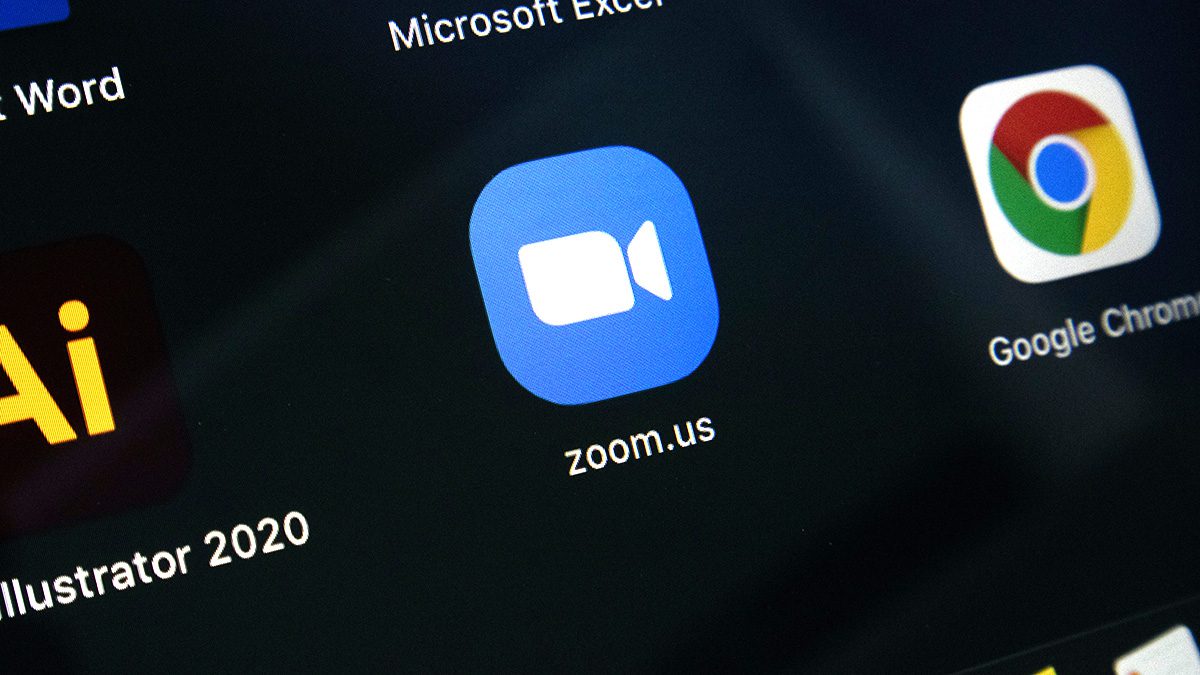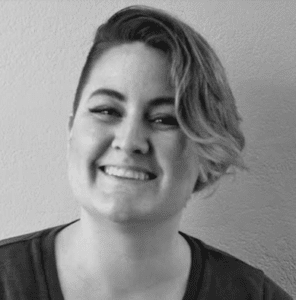COVID has reshaped online learning and the use of video conferencing. A year into the pandemic, over 1.2 billion students were unable to access their in-person classrooms. Many schools moved to digital platforms for learning management systems and video conferencing. A lot of these changes have become second nature and are here to stay. As schools are reopening this fall, we can use technology to bridge remote and in-person learning. One way you can do this is to bring local artists into your class through recorded virtual interviews. Through these interviews, you will be able to introduce students to a variety of artists. There are also many other benefits!
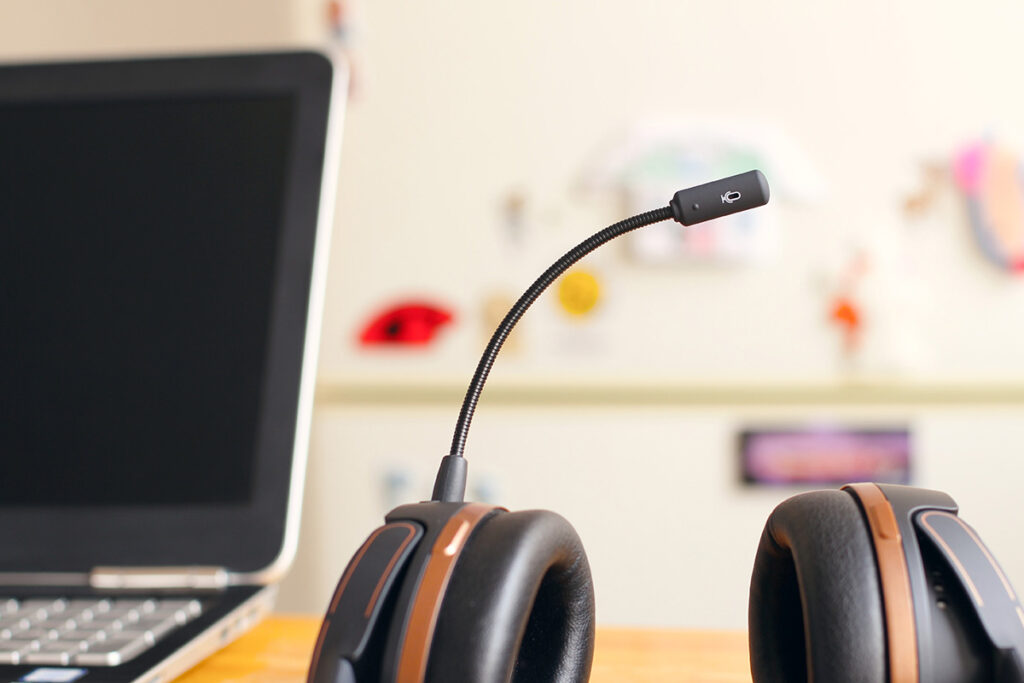
What are the benefits of local artist interviews?
Interviewing local artists can take some preparation on your end, but it is worth it.
Here are just a few benefits:
- Increases student engagement.
When students get involved in their own learning, it increases their buy-in. If you opt to do a live interview, shy students might have more confidence in typing their comments or questions into the chatbox. - Builds community connection.
Students build ties to their community as they learn about people outside of their immediate circles. The artist may also have a great experience in the interview and want to come back to talk to your class! Grotesque illustrator Dave Correia answered every single one of my students’ questions to him in a second interview. Maximalist artist and poet Meg Adler was also more than thrilled to come to my digital classroom. She met with students twice after her initial interview. - Develops a partnership between your art program and local artists.
Meeting new artists can help you and your students connect with local galleries and public art opportunities. You may find a public location to exhibit student work in the community. Local artists may share information about your program, giving it clout and exposure. - Shows that art can be a legitimate career post-graduation.
Many students have the misguided perception that to be a working artist you need to be famous and in a big city. Students will learn that art can be created outside of the art room and after graduation. Students can build a local career out of both these things. This will open possibilities that they might never have otherwise known about. - Considers the artist’s time and safety.
Have you ever had a guest come into your class? To keep all your classes on the same track sometimes requires the guest to stay all day for many days. Recording an interview does not tie up as much of an artist’s time. You can replay the interview from class to class. (Also giving you a mini break too!) From a safety perspective, it lets fewer people into the building and is respectful of all COVID comfort levels. - Archives resources for future reference.
Once the recordings are complete, save them for future reference. You can also use them as a substitute activity. Students who learn online learn in less time and retain more information than traditional education models. Students can work their way through an interview at their own pace. This can increase their retention.
How do I get a local artist into my art room virtually?
First, we established how recorded interviews of local artists can positively impact your students and program. Now, let’s look at five easy steps to make this happen in your art room this year.
1. Research and network.
As an art teacher, you likely have a few personal connections already established. Or, your students have shared an artist they know or look up to. Both of these are great starting points.
Identify any extra artists you want to reach out to. Is there a specific genre you want to focus on? Do you want to present a broad range of artistic styles to your students? Do you want artists from your town, county, or state?
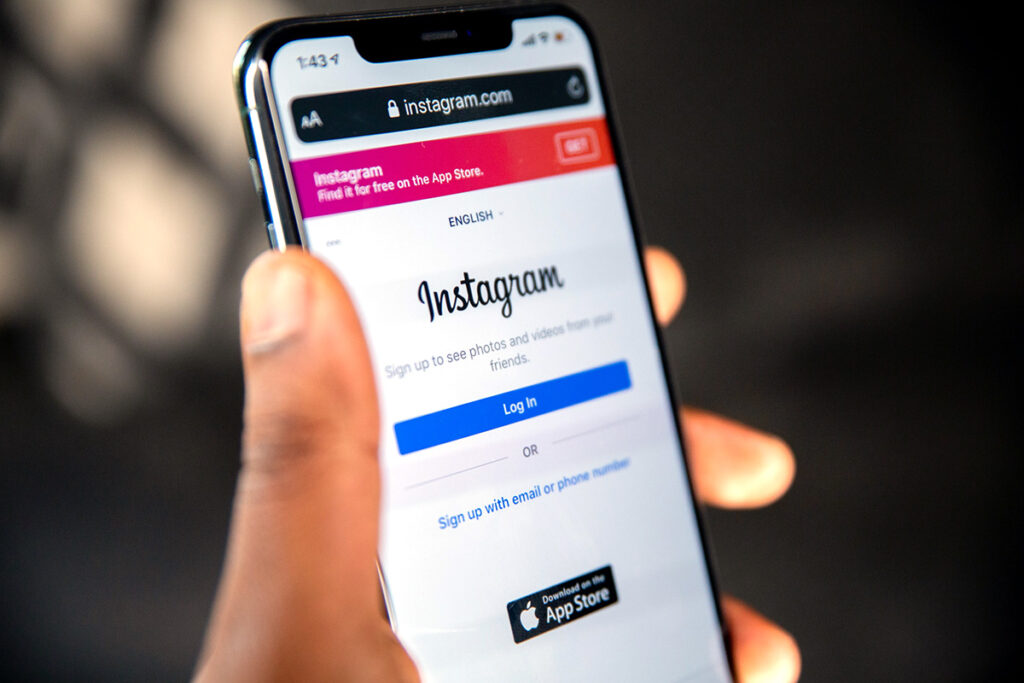
Decide how you will contact them. Social media is useful because most artists are on some sort of social platform. You can also use a public Instagram account to post a “call for artists.” Search for and use hashtags to make sure your call is viewable in their feed.
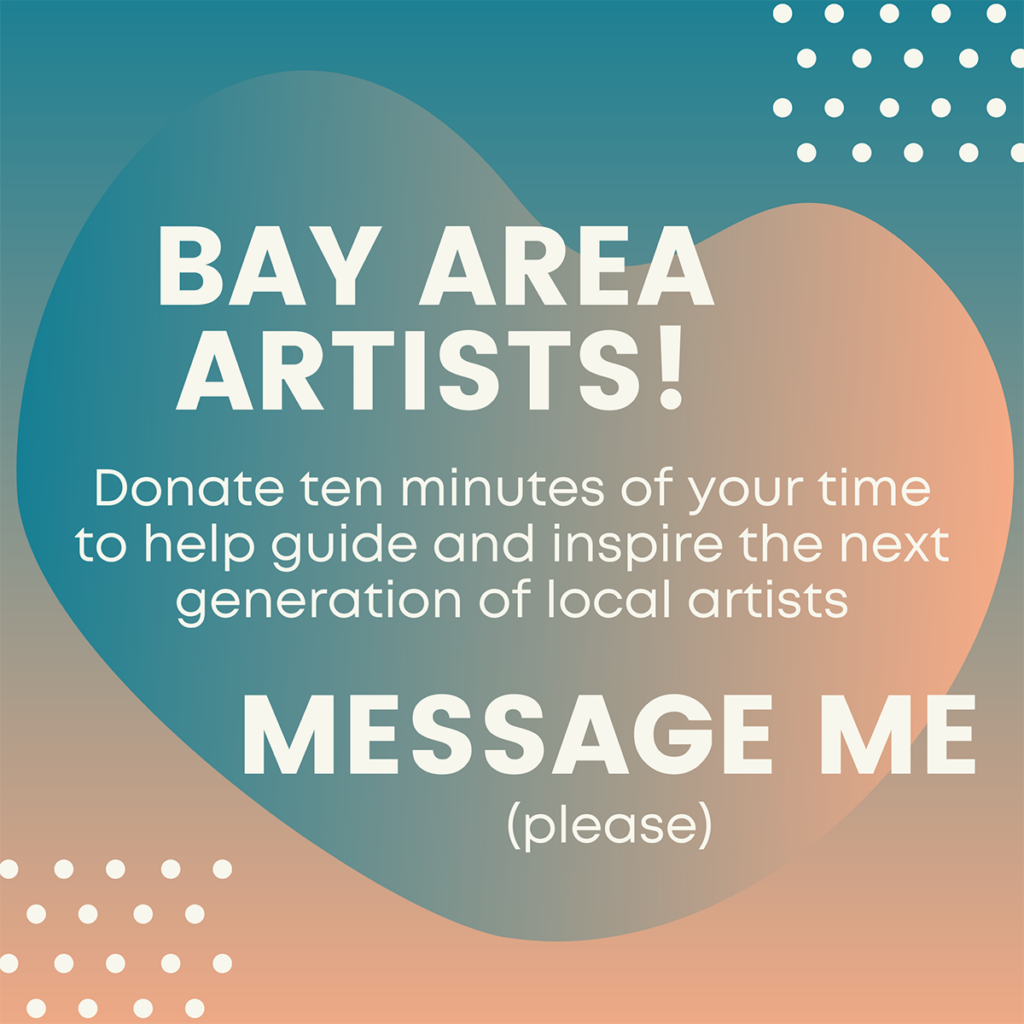
Hunting down an artist’s contact information may be more tedious, but is more personal than sending a direct message or leaving a comment.
2. Reach out.
Write a short letter that you will customize for each artist you contact. Make sure to include who you are, where you teach, why you are contacting them, and what is involved in a video interview. It’s also polite to include an example of the types of questions you will ask. Then—send it!
An example of my letter is below:
Hello!
My name is Jennie Drummond. I’m an art teacher at _______ High School in _____, CA. I teach all levels of drawing and painting, as well as publications (graphic design/yearbook), and sometimes ceramics and sculpture. I was wondering if you would be interested in donating your time to help guide and inspire the next generation of local artists.
This school year I want to show students work by local artists and share the personal stories that go along with them. I want students to see that there are options available to them if they foster their creativity. Since we’re used to digital learning, I thought that this might be a good opportunity to harness video conferencing and reach out to fellow artists!
I’m contacting you specifically because [insert reason here].
This would be a quick recorded video interview with me. The questions will center around how and why you started creating work, what you create, why you still create, a piece or two that you are really proud of, and any advice you may have for students. If you are interested in donating more of your time and either physically coming into class (when it is safe to do so) or having a live virtual meeting with students—even better!
Thank you so much for your consideration! Please let me know if you are interested and if you have any questions.
Reach out to as many artists as you can. The worst thing that will happen is that an artist will ignore your message or say no—which is fine! Take a deep breath and send a few more messages. You may find that the majority of local artists are more than happy to sit for an interview.
3. Prepare for your interview.
Familiarize yourself with the video conference software that is available to you. This is something you’ve likely already done for over a year now with distance and hybrid learning. Two common platforms educators use are Google Meet and Zoom. Use a platform that you are comfortable with and that your district supports. This way you can troubleshoot basic technical difficulties that may arise.
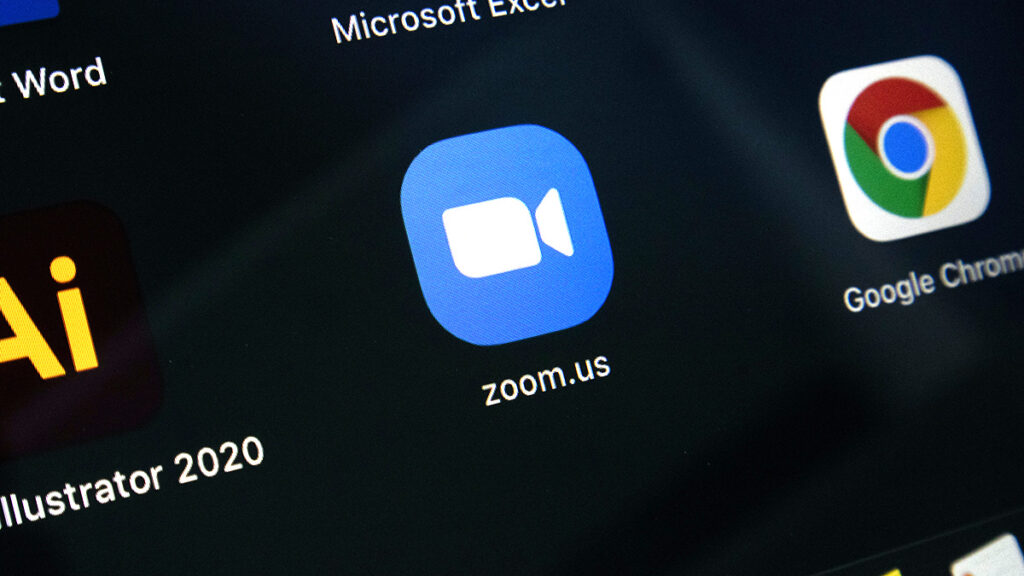
Once an artist gets back to you, work out a time to meet. Share a link to your meeting along with instructions on how to sign in. Remind the artist that you will be recording the interview. Due to time constraints, you will likely host these interviews outside of class time. While it is frustrating to work outside of class time, these interviews will benefit your students for the long haul.
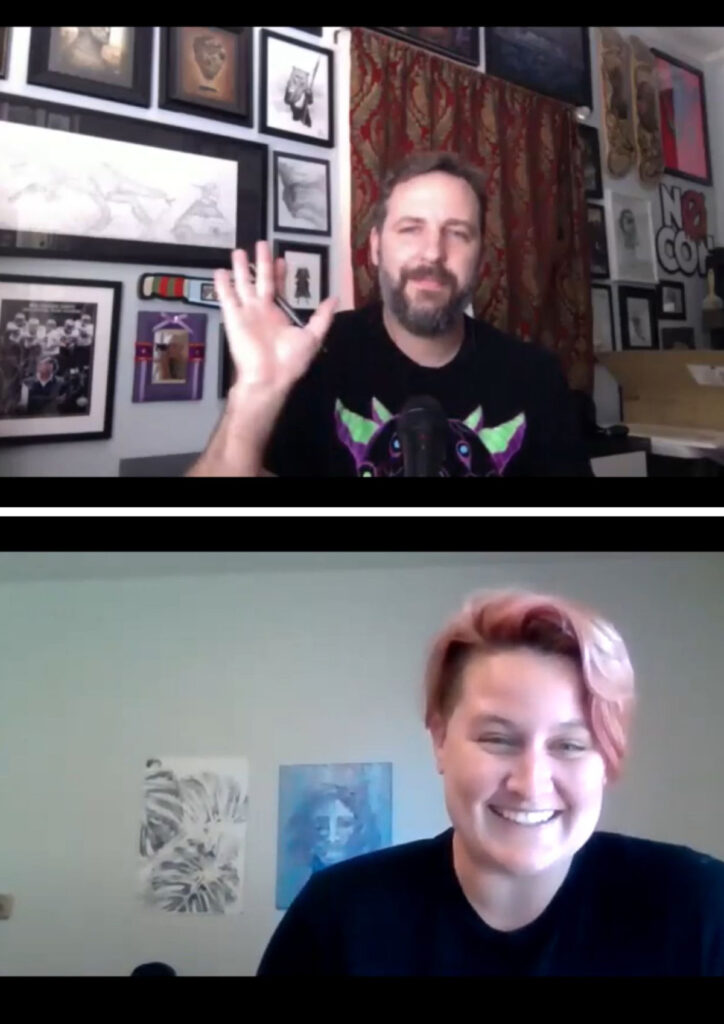
Be intentional about where you will be sitting. It sounds silly but it’s important! Make sure that the background is appropriate and free of distractions. Make sure your environment is quiet and filled with natural light. Consider interviewing from your classroom or from where you teach in your home.
Create student-centered questions. You can come up with the questions on your own or you can get input from your students.
As you generate the final questions, take into consideration the following:
- Think about what your students would want to know about this artist and their process.
- Reflect on your curriculum and scope and sequence. How does this use what they already know? How will this inform future learning?
- Consider what advice your students would benefit from.
- Ask what the artist wishes they knew when they were your students’ age.
Write your questions out. It may be helpful to share the questions with the artist ahead of time so they can feel as prepared as possible. Keep the questions in front of you to reference throughout your interview.
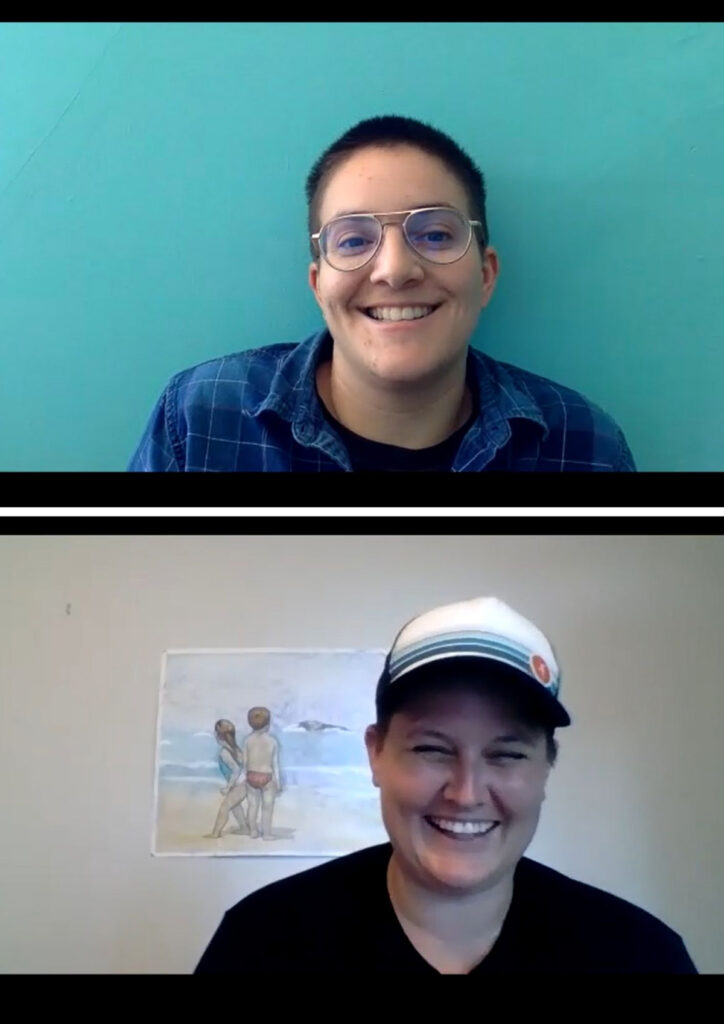
4. Perform the interview.
With all the prep work done, the interview itself should go by quickly and smoothly. Remember that it’s an exciting opportunity and to have fun with it! Once the artist signs on, take a moment to chat with them before starting the recording. Introduce yourself, thank them for meeting with you, and remind them of the questions you will be asking. This will help to break the ice and make everyone feel more comfortable.
Now it is time to hit “record” and begin the interview! While your questions are there to guide you, don’t feel like you need to stick to a script. Let the conversation flow, ask follow-up questions, and enjoy learning new things! When the interview is over, stop the recording, and thank the artist again. Once you end the call, the platform will show you where it has stored the recorded interview.
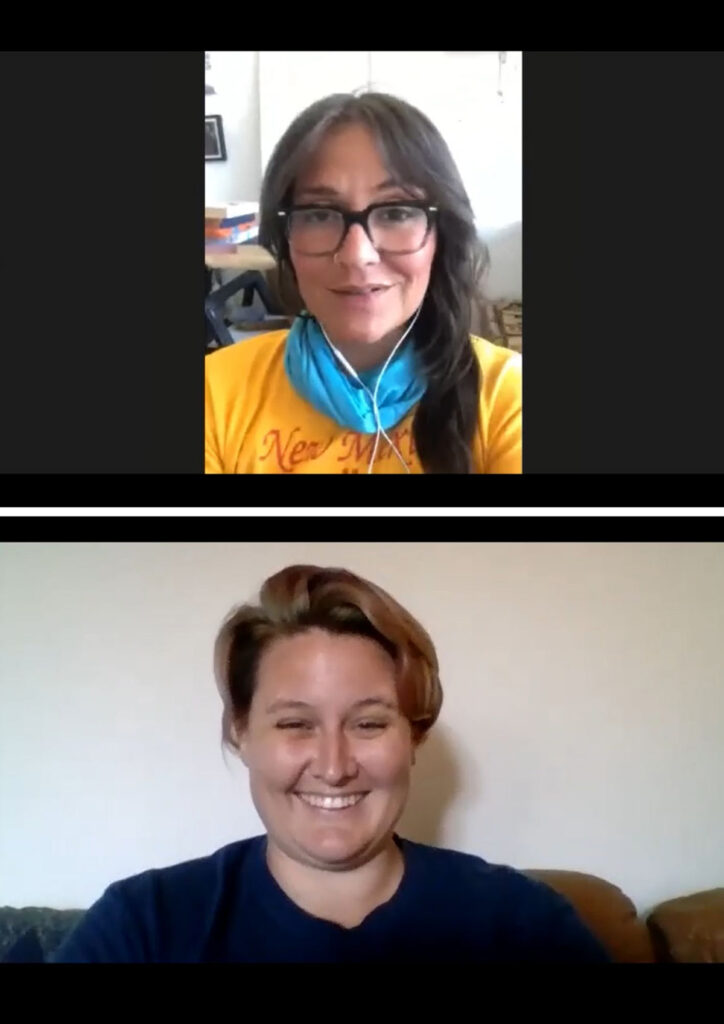
5. Next Steps.
Send a formal follow-up message to thank the artist again for their time and insight. You can even go above and beyond and send them a small gift as a token of your appreciation. If you want, you can send them a link or share the final recording with them as well. If it fits into your plans and meets your district’s visitor protocols, you can remind them that they are welcome to do a second virtual interview. They might even consider visiting the school in person!
Share the interview with your classes. Pick a day or time you will devote to watching the interview and reflect together as a class. Have students share one thing they learned from the artist and one thing they wish they could say to the artist. Discuss their answers and record any lingering questions they may have. A fun idea is to have students add their reflections and gratitude in a Google Doc and share that with the artist!
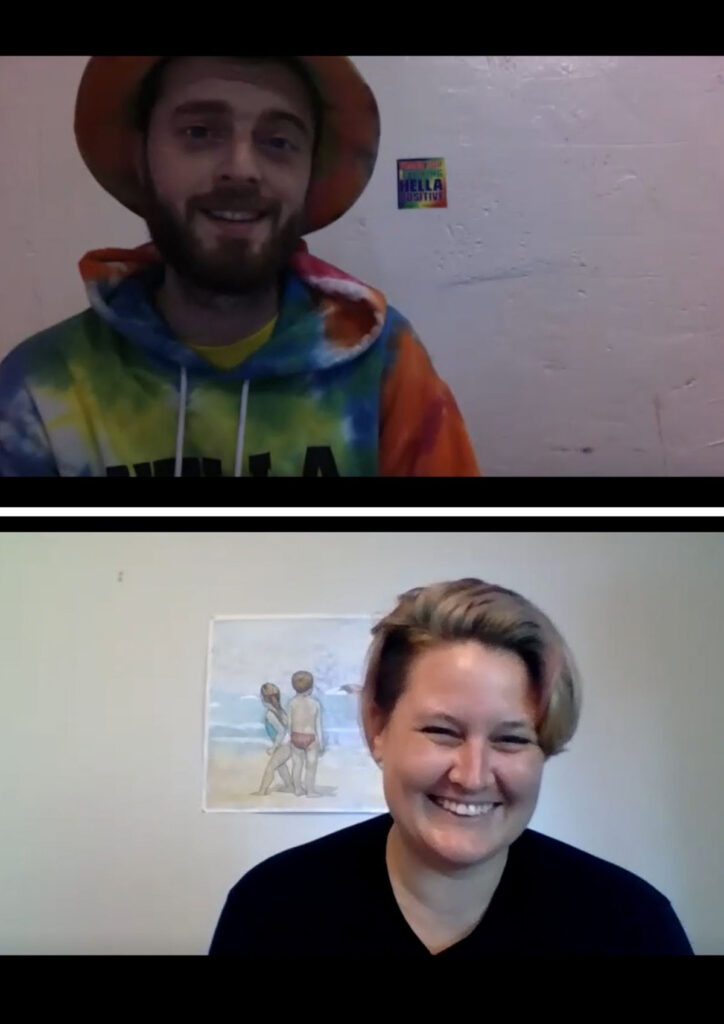
Students learn about a variety of local artists through these video interviews. As students get to know these artists, they will be more likely to envision themselves as part of their local artist community. Engagement in your class will increase as students see you facilitating the interviews. As can take part in discussions, questions, and communications with the artist. Furthermore, students will gain inspiration from these artists. As you plan your curriculum for the year, we hope you find time to interview a local artist so you can witness the benefits for yourself!
Do you want more examples of how to involve local artists in your art program? Check out the articles below:
- Why You Need Visiting Artists in Your Classroom
- Take Your Art Show to the Next Level With a Mini-Marketplace
- Why You Should Have a Gallery Wall of Current Artists and Art Teachers
Who are three local artists you are interested in interviewing?
What are your favorite social media platforms, groups, and hashtags to find local artists?
Magazine articles and podcasts are opinions of professional education contributors and do not necessarily represent the position of the Art of Education University (AOEU) or its academic offerings. Contributors use terms in the way they are most often talked about in the scope of their educational experiences.
